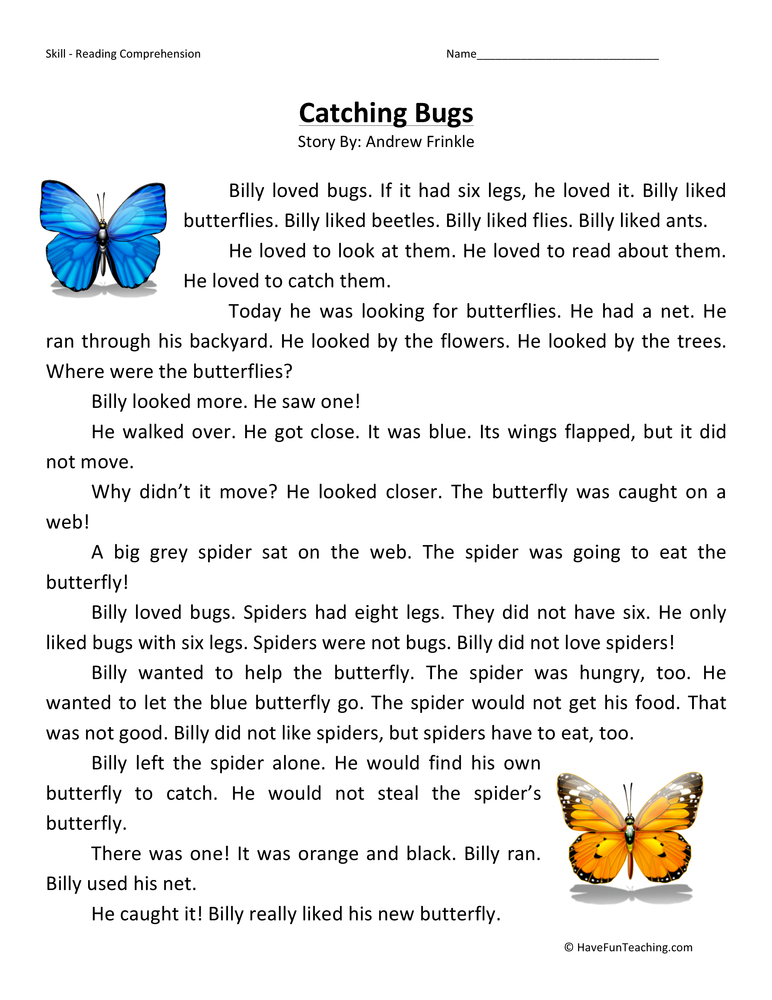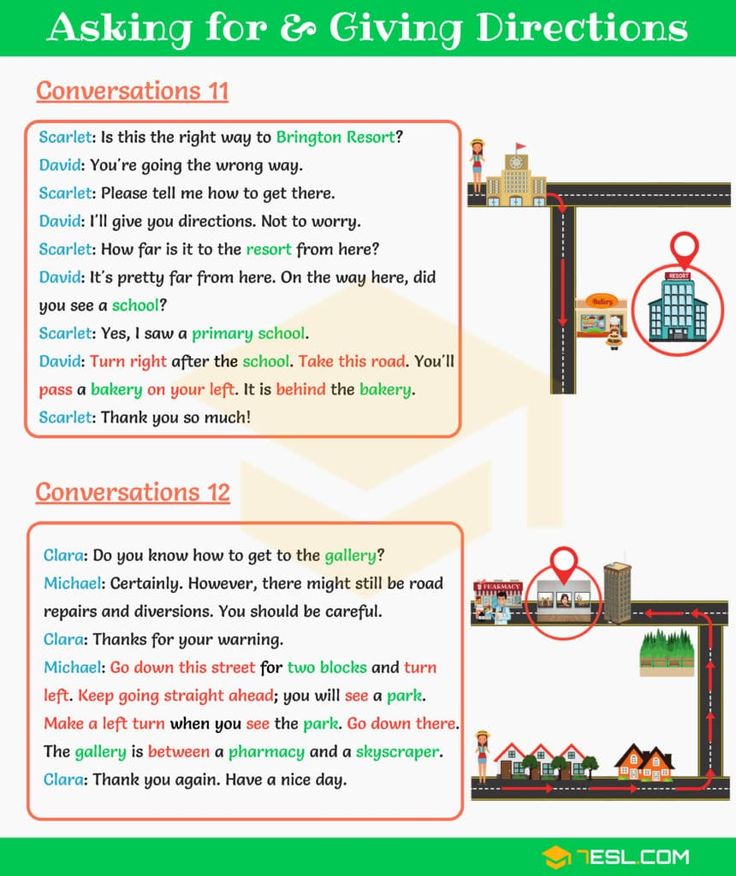Stories about bugs
Best Children's Books About Bugs (Insects)
Kids LOVE bugs, right? Help them learn more about insects by reading these best children’s books about insects and non-insects bugs like worms and arachnids.
If your kids don’t love bugs yet, maybe these books will get them interested.
Also, it’s always good to get hands-on. Observe insects in nature. Make a worm garden. (Those are fun!) Use a microscope to investigate safe bugs close up. Play Guess What Bug with plastic bugs. That sort of thing…
Heads and Tails: Insects by John Canty
Clues in typewriter text prompt readers to think before they turn the page to find the right insect. Then watercolor, pen and ink illustrations, and large text give the answers. Answers like grasshopper, mosquito, praying mantis, and more. Engaging and playful.
Some Bugs by Angela DiTerlizzi, illustrated by Brendan Wenzel
Simple text and lovely illustrations peak young readers’ interest in bugs. Some bugs bite, some stink, and some roll in a ball. It’s a great introduction to the creepy, crawly natural world.
The Spider by Elise Gravel
Easy to read with cartoon-like illustrations, beginning readers can learn a lot from this funny early reader book. I love how Gravel makes nonfiction come alive.
The Fly by Elise Gravel D
o you know there are more than 100,000 species of flies? Appealing conversational language and funny illustrations entrance readers as they learn all about the fly.
Little Kids First Big Book of Bugs by Catherine D. Hughes Learn all about the most popular backyard bugs like butterflies, ladybugs, and lightning bugs. Gorgeous photography throughout.
Bugs A to Z by Caroline Lawton
Bright photographs with clear text give readers plenty to read from A for ant to Z for Zebra tarantulas.
Fandex Kids Bugs
The brightly illustrated cards fan out, and each one of the 35 bugs has a uniquely shaped top. Pick one and read the information including what their bite is like and other information from nature.
The Big Book of Bugs by Yuval Zoomer
Whimsical illustrated bugs dance across the pages paired with simple information text. This book is written in a conversational way with plenty of questions so that children engage with the content.
Icky Bug Alphabet by Jerry Pallotta, illustrated by Ralph Masiello
Don’t you love icky bugs? Use this book to inspire learning about insects, or to write your own alphabet book by theme!
My Nature Sticker Activity Book: Butterflies of the World by Olivia Cosneau
Learn about butterflies with information and interactive sticker activities.
The Bug Book by Sue Fliess
The bugs fly, creep, and twirl through the pages of this fun rhyming book.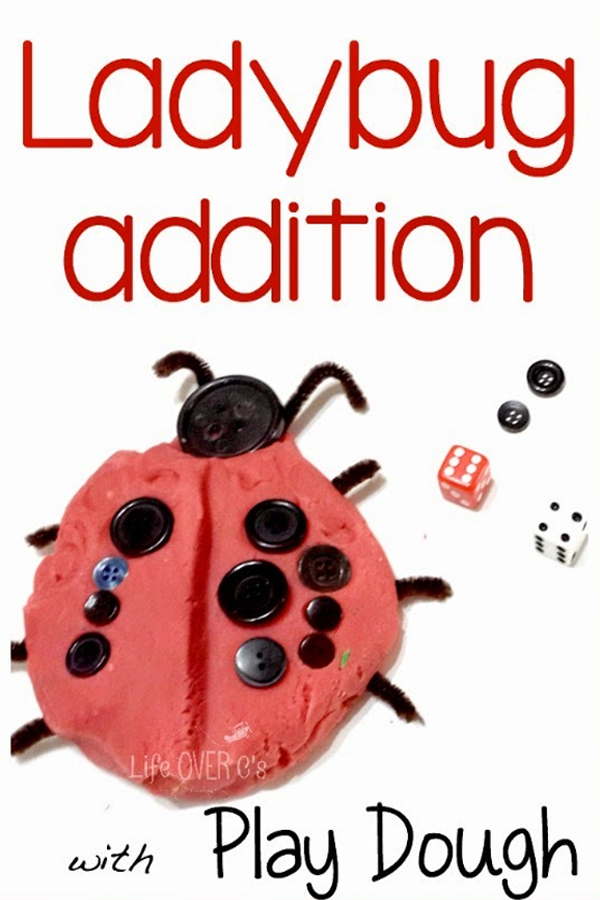 Great photographs perfectly capture the bugs’ adventures.
Great photographs perfectly capture the bugs’ adventures.
Bee and Me by Alison Jay
This is a beautiful wordless picture book about a girl who befriends a bee. She and her bee friend spread pollen for beautiful flowers around the city so that even when the bee must leave, the girl can always remember her friend through the flowers. Use this to start a discussion about bees and what they do for the world. (See wordless picture books and literacy activities here.)
Hello, Little One: A Monarch Butterfly Story by Zeena M. Pliska, illustrated by Fiona Halliday
Not only is this a brilliant circular story that shows the circular life cycle but it’s a sweet friendship story, too. The caterpillar meets a butterfly who tells him all about the world and then must say goodbye. Written in first person with vivid verbs and evocative illustrations, this is an essential picture book for the classroom. “I am graceful and beautiful. I can flit, flutter, and fly.“
“I am graceful and beautiful. I can flit, flutter, and fly.“
I, Fly The Buzz About Flies and How Awesome They Are by Bridget Heos, illustrated by Jennifer Plecas
I liked this picture book with comic dialogue about the oft-neglected fly. You see, kids always study butterflies and rarely know that flies metamorphose, too. Now Fly wants you to know more about him! Flies are quite interesting — they make noise, they have big families, and help solve crimes.
We Dig Worms! by Kevin McCloskey
I love, love, love this early reader book! It’s a Toon Book Early Reader so you know from the get-go that it’s going to be cartoon images, but you won’t know how the author makes worms seem so fascinating. He does this with eye-popping illustrations and one sentence of text per page that explain something about worms.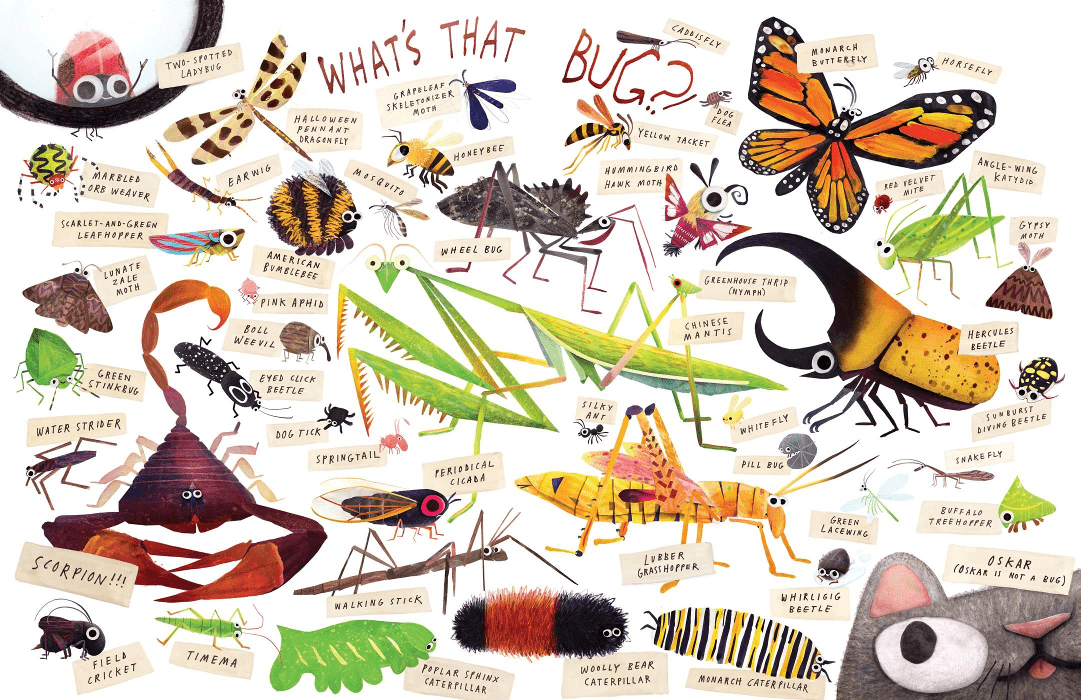
Egg to Bee LifeCycles by Camilla de la Bedoyere
Large pages, colorful photographs, oversized print, bolded vocabulary words, and interesting information make this a good addition to any elementary classroom. You’ll learn about the bees, hive, laying eggs, growing and eating, queen, and more. This is just one in the new easy nonfiction picture books in the LifeCycles series.
Hello Honeybees by Hannah Rogge, illustrated by Emily Dove
Kids will love attached bees that can buzz through this hive-shaped shaped board book! Narrated by the bees, your young naturalists will learn about sipping the flower’s nectar, doing the waggle dance, and making honey.
When the Bees Buzzed Off! by Lula Bell, illustrated by Stephen Bennett
The bugs are panicked because they can’t find the bees. They search and search everywhere for the bees who pollinate plants which hungry bugs like to eat. Silly conversations filled with personality pepper their search as well as lift-the-flaps to learn information about bees. Soon Worm, Snail, and Beetle are almost ready to give up — until they finally find the bees in a field of flowers. To get the bees back to their garden, the bugs collect wildflower seeds and plant them…and the bees come back! Kids will resonate with these charming bugs’ search as well as learn the importance of bees in the world.
They search and search everywhere for the bees who pollinate plants which hungry bugs like to eat. Silly conversations filled with personality pepper their search as well as lift-the-flaps to learn information about bees. Soon Worm, Snail, and Beetle are almost ready to give up — until they finally find the bees in a field of flowers. To get the bees back to their garden, the bugs collect wildflower seeds and plant them…and the bees come back! Kids will resonate with these charming bugs’ search as well as learn the importance of bees in the world.
Step Gently Out, by Helen Frost and Rick Lieder The tiny insects become magnified in Lieder’s gorgeous close-up photography: an ant dangling off a small green stem, the geometric, translucent wings of a dragonfly, and a bee suspended mid-flight. The poetic verse whispers love for the simpleness of nature.
Step gently out,
be still, and watch a single blade of grass.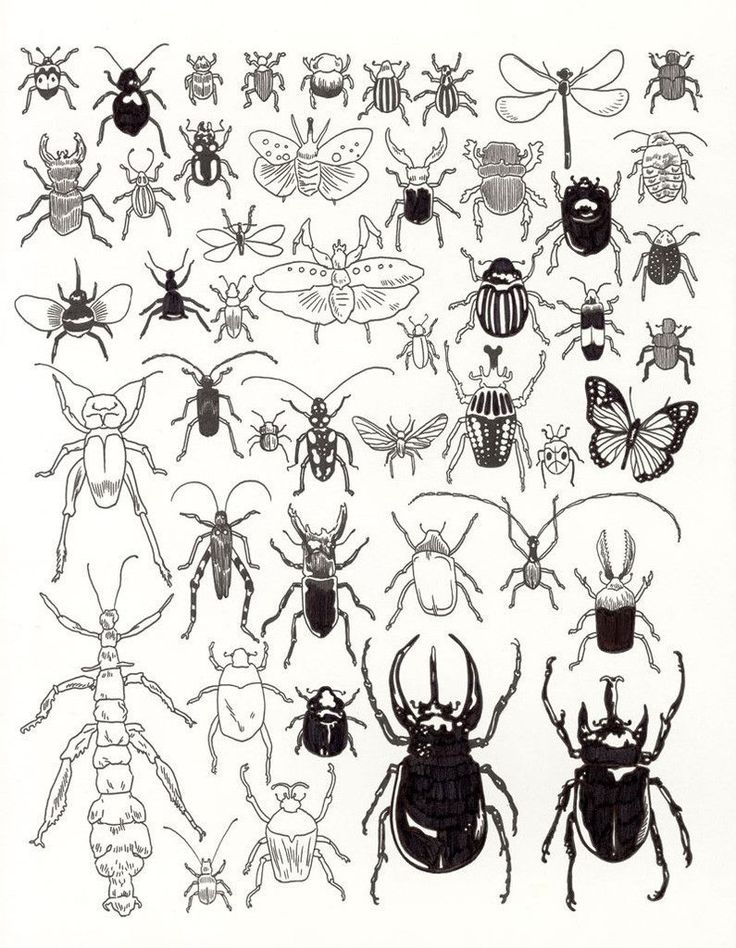
How to Survive as a Firefly by Kristen Foote, illustrated by Erica Salcedo
My kids love this book! Hear from a firefly everything you need to know to go from larvae to adulthood. The conversational tone engages readers into learning without it being boring. “Did you enjoy your month as an egg, relaxing in the dirt? Good! Because you have LOTS of work to do if you want to make it to the pupa stage, let a lone become an adult Photinus pyralis firefly! Yes?” Fun facts sprinkle throughout this very informative book. You’re going to love the super cute cartoon-like illustrations with text in conversation bubbles.
Just Like Us! ANTS by Bridget Heos, illustrated by David Clark A mix of cartoons and illustrations, this is a visual feast for the eyes! Then read the text all about ants. So cool and so much information! (Start your own Ant Farm after reading this!)
Strange Nature: The Insect Portraits of Levon Biss by Gregory Mone, photographs by Levon Biss Stunning photographs labeled with information about cool insects like the tiger beetle, mantis-fly, and the Orchid Cuckoo Bee accompany kid-friendly informational writing with the perfect amount of text to keep readers learning and engaged. Read where each insect lives, their size, the most important information about the insect. You’ll love this bug book because both the photos and the writing are AMAZING.
Read where each insect lives, their size, the most important information about the insect. You’ll love this bug book because both the photos and the writing are AMAZING.
Caterpillar and Bean A First Science Storybook by Martin Jenkins, illustrated by Hannah Tolson
This is the story of a seed wedged in a crack in the ground that swells with the rain. See how the root pushes out the shoots and leaves. This is also the story of a caterpillar who hatches from an egg, eats and eats the leaves of the plant, and turns into a beautiful butterfly. You’ll enjoy the enthusiastic, lyrical story which develops several naturalist topics including seed and plant growth and the life cycle of a butterfly in this latest nonfiction picture book in Martin Jenkin’s First Science Storybook series.
Moth & Butterfly by Dev Petty, illustrated by Ana Aranda
Two good caterpillar friends with a lot in common go through the amazing process of metamorphosis.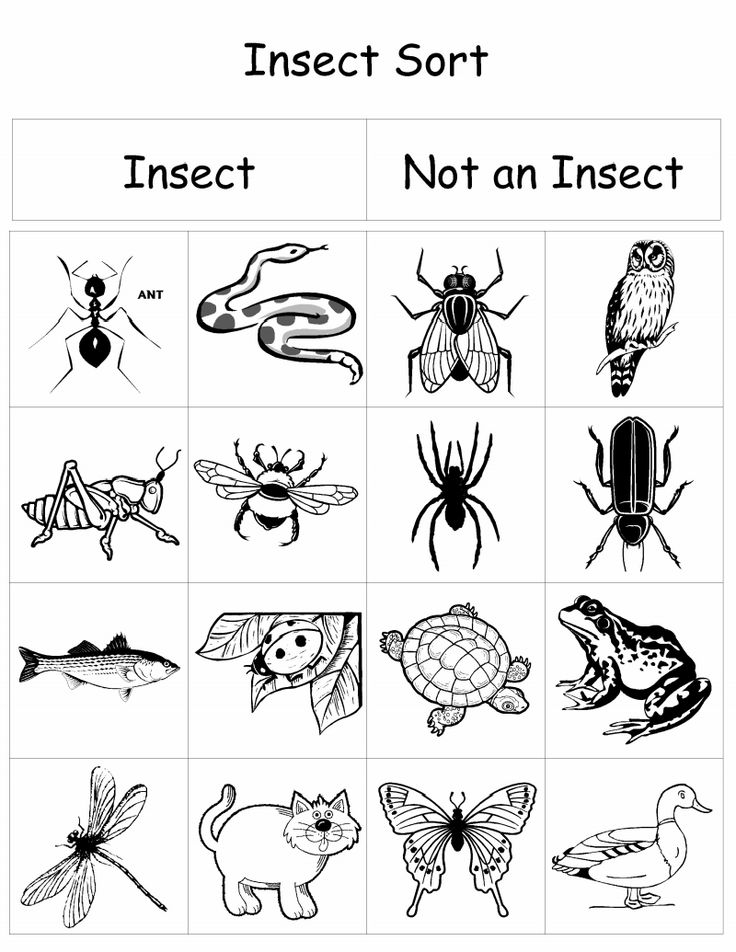 Then they pop out of their cocoons– one, a butterfly, and the other, a moth. Now they have new differences. Butterfly’s wings are colorful and Moth’s are beige. Butterfly flies during the day and Moth flies at night. Even still, some things are still the same — they still have cool moves and a good friendship.
Then they pop out of their cocoons– one, a butterfly, and the other, a moth. Now they have new differences. Butterfly’s wings are colorful and Moth’s are beige. Butterfly flies during the day and Moth flies at night. Even still, some things are still the same — they still have cool moves and a good friendship.
Worlds Strangest Creepy-Crawlies Top 40 Weird and Wonderful Hair-Raising Bugs
Big, bold text and huge color photographs catch your attention immediately starting with #40, the elephant beetle and ending with #1, the exploding ant. Huh!? Yes, this ant from Malaysia explodes and dies — yikes! Each bug featured gets a 1- or 2-page spread including important facts, a habitat map, photographs, and ratings on the “strangeometer” for creepiness, superpowers, bug beauty, and fight factor. Irresistible!
Bee by David Hawcock and Lee Montgomery
This is a short, fun, and factual lift-the-flap, pop-up book.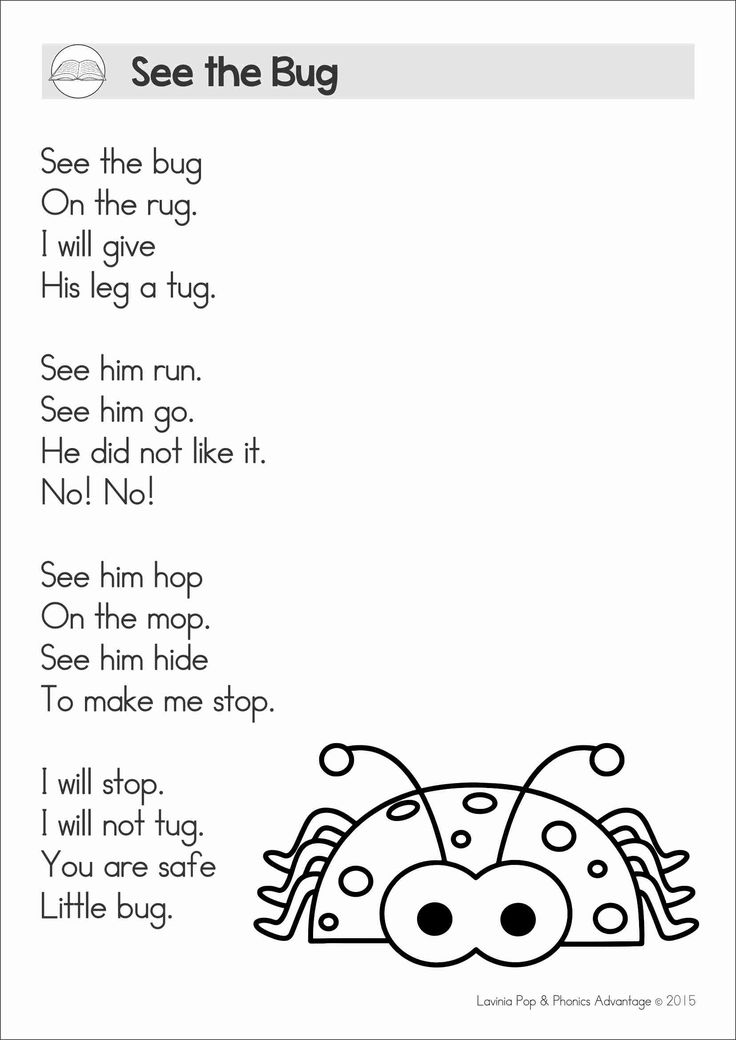
The Beetle Book by Steve Jenkins Discover the world of beetles, the many different sizes and shapes as well as their behaviors, life cycles, communication, and more. Jenkins illustrations of beetles are eye-catching.
Yucky Worms by Vivian French, illustrated by Jessica Ahlberg
The cover and illustrations drew me into this picture book; the writing kept me reading. Learn how important worms are to the growing plants as well as the danger worms face.
Illumibugs: Explore the world of minibeasts with your magic 3 color lens by Carnovsky, illustrated by Barbara Taylor
Hold up the detachable color lens up to the colorful illustrations organized by continent, and you’ll see bugs POP out and off the pages! Informational text pages in black and white provide more information on each bug so readers can learn about the bugs they see. FUN!
Fly Guy Presents Scary Creatures! by Tedd Arnold
Get 5 books in 1 in this large-sized book filled with these level 2 titles: Sharks, Dinosaurs, Insects, Bats, and Snakes.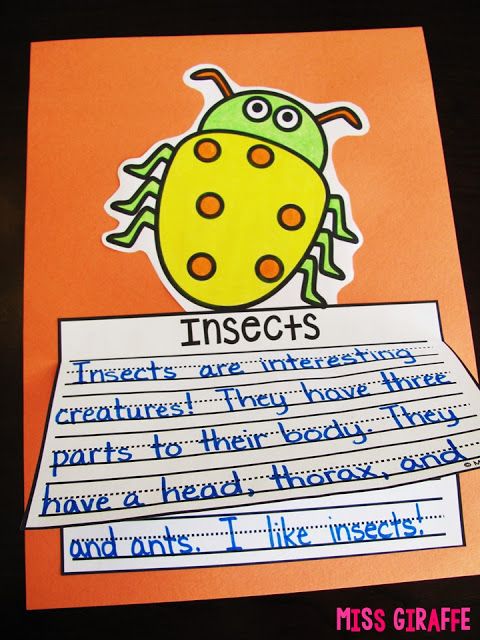 Fly Guy and Buzz visit places like the aquarium or the museum to learn about different creatures. Colorful drawings and photographs illustrate the topics about which they’re learning with an appealing layout. The text of facts and conversation bubbles are just-right and comprehensible for growing readers.
Fly Guy and Buzz visit places like the aquarium or the museum to learn about different creatures. Colorful drawings and photographs illustrate the topics about which they’re learning with an appealing layout. The text of facts and conversation bubbles are just-right and comprehensible for growing readers.
Insect Superpowers 18 Real Bugs that Smash, Zap, Hypnotize, Sting, and Devour! by Kate Messner, illustrated by Jillian Nickell
Styled to look like a comic book of superhero action with oversized pictures and the occasional large comic-style typeface of smack! pow! and chomp! impress upon the reader just how super these superbugs are. Bugs like the Green tiger beetle, the fastest of all insects. Messner shares the must-know basics (name, size, hideout, superpower) then launches into fascinating details about each including what they eat (favorite foods) and who eats them (archenemies). Action-filled cartoon panels show a bug stalking and then devouring its food.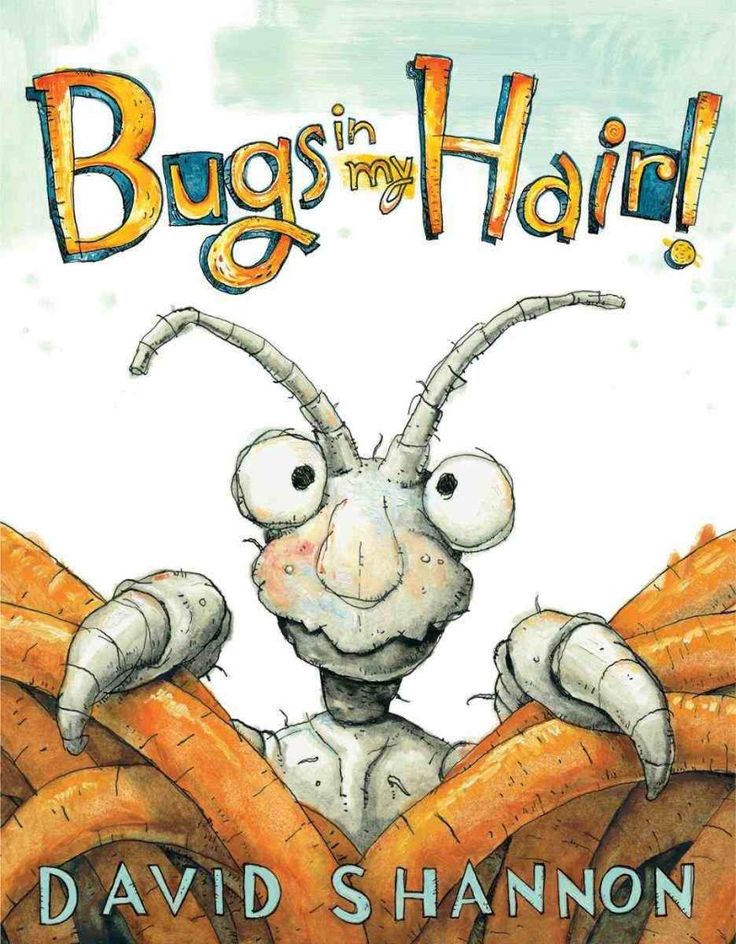 Interesting insets of information narrate more facts about each insect. What kid could resist reading this enthralling tome!?
Interesting insets of information narrate more facts about each insect. What kid could resist reading this enthralling tome!?
BUGS! Animal Planet Amazing Animal Facts Chapter Books by James Buckley, Jr.
What a fantastic beginning chapter book. It’s full-color with photographs, illustrations, and a kid-friendly design. The text size itself is perfect for elementary readers, slightly bigger than typical nonfiction books of this length with decent white space in between the lines and around it. I’m impressed with the way this book series delivers factual information without dumbing it down or making it too difficult to read.
Paint by Sticker Kids Beautiful Bugs I’ve already done one of these myself, they’re so fun! (But I wish my fingers were kid-sized so it would be a bit easier.) However, these are meant for kids so I suppose I better share… The sticker bugs are like a paint by number only with stickers.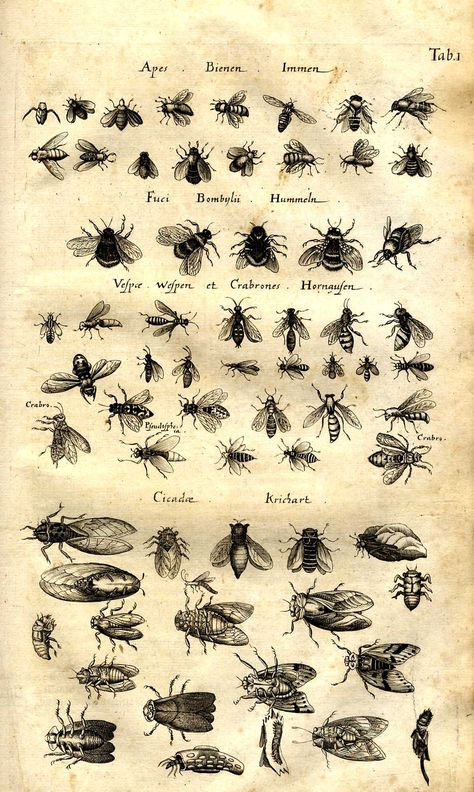 Look on the sticker page for the correct number. Then match it to the spot on the bug illustration. The book has perforated pages making tearing out the sticker page and the art easy. Would your kids like this sticker book?
Look on the sticker page for the correct number. Then match it to the spot on the bug illustration. The book has perforated pages making tearing out the sticker page and the art easy. Would your kids like this sticker book?
You Might Also Like:
Free Printable Spring Scavenger Hunt
Children’s Books About Trees
Cheerful Picture Books About Spring
Card Games for Kids
Sneaky, Snacky Squirrel Game
Movies Based on Books
Writing Prompts for Kids
How to Make Origami Fashion
Picture Books About Bugs - Inspire the Mom
Books | Homeschool
Byinspirethemom
Looking for a list of picture books about bugs? Great! Today I’ve got a list of fascinating bug books for your kids to enjoy!
Kids love bugs (at least mine do).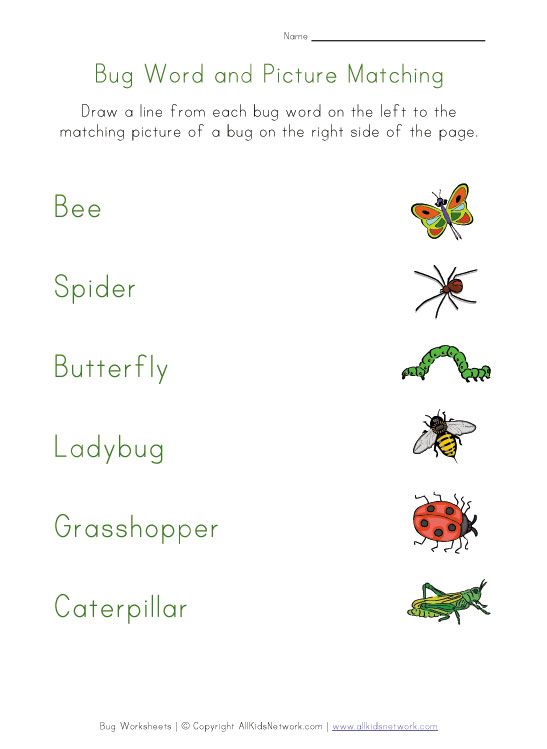 There’s a natural curiosity to know what they do, how they live, and to answer the question, “Will they hurt me?”
There’s a natural curiosity to know what they do, how they live, and to answer the question, “Will they hurt me?”
On a sunny day, my kids can be found out in the backyard, adopting a roly-poly’s, making ant tunnels with sticks, or watching garden spiders catch their afternoon snack. Science right at their fingertips.
To answer some of their questions and discover more, I’ve compiled a list of picture books about bugs. I hope you enjoy! (If I didn’t include your favorite bug book titles, leave them in the comment section below!)
Here are some of our family’s favorite picture books about bugs:
Picture Books about Bugs
(This list contains Amazon Affiliate links. I may earn a commission from your purchase.)
Inch by Inch by Leo LionniThe inchworm loves to measure all sorts of things, but when the nightingale threatens to eat him if he doesn’t measure his song, the small green inchworm has to get creative…
The Bee Tree by Patricia PolaccoFeaturing love of nature and love of family, this book is about a girl who learns from her grandpa that hard work tastes sweet in the end.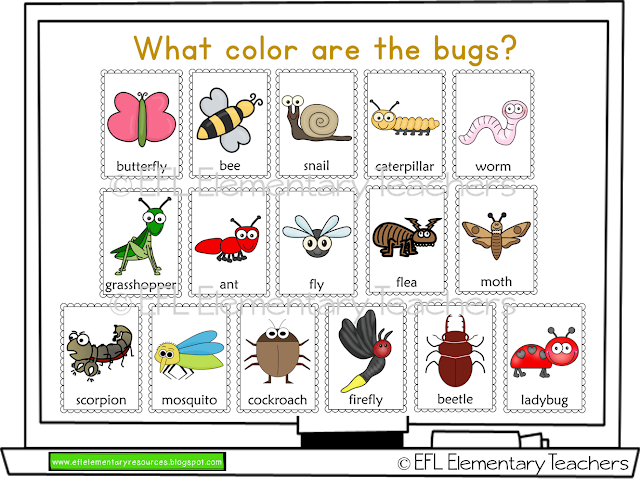
There are so much more to ladybugs than meets the eye! Learn all about the different types as well as, other interesting facts with this in-depth look at ladybugs. (Probably a little too detailed for preschoolers to sit and read through.)
Diary of a Spider By Doreen CroninThis is such a creative way to teach kids about spiders! From a day in the life perspective of a spider, kids learn a ton of interesting information about these interesting creatures.
Small Wonders: Jean-Henri Fabre by Matthew Clark SmithLearn the history and life story behind the famous naturalist Jean-Henri Fabre. Our kids were very inspired to explore the world of bugs after reading this book!
The Beetle is Shy by Dianna Hurts AstonIf a book about bugs could be classy, this one is it.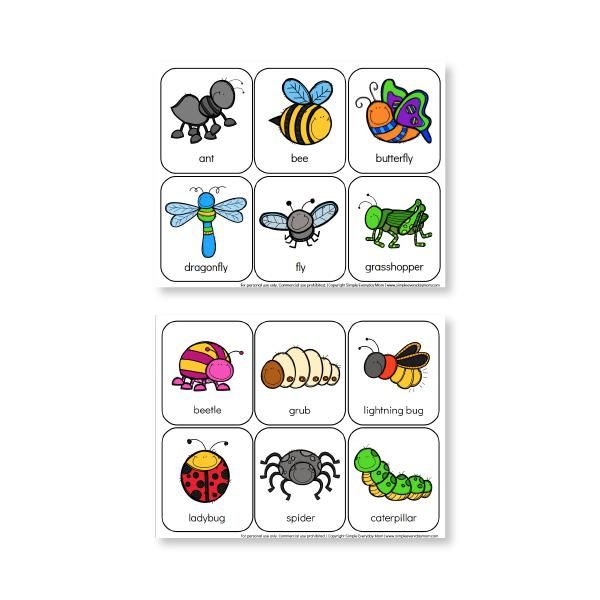 The illustrations are really beautiful and the text is delightfully poetic. While my kids enjoyed the one, it wasn’t their their favorite.
The illustrations are really beautiful and the text is delightfully poetic. While my kids enjoyed the one, it wasn’t their their favorite.
Two ants travel to the sugar bowl in the kitchen and decide to live in the house, but they soon realize that might not be a very good idea…
The Big Book of Bugs by Yuval ZommerWith charming illustrations and bite-sized text, this big book of bugs makes a great resource for learning about all types of creepy crawlies.
A Fly Went By by Mike McClintockThe boy was looking at the sky and then a fly went by…who was chased by a frog, who was chased by a cat, who was chased by a dog…and so on until you discover who was behind it all. This is an easy-read rhyming book, that my youngest daughter really enjoyed.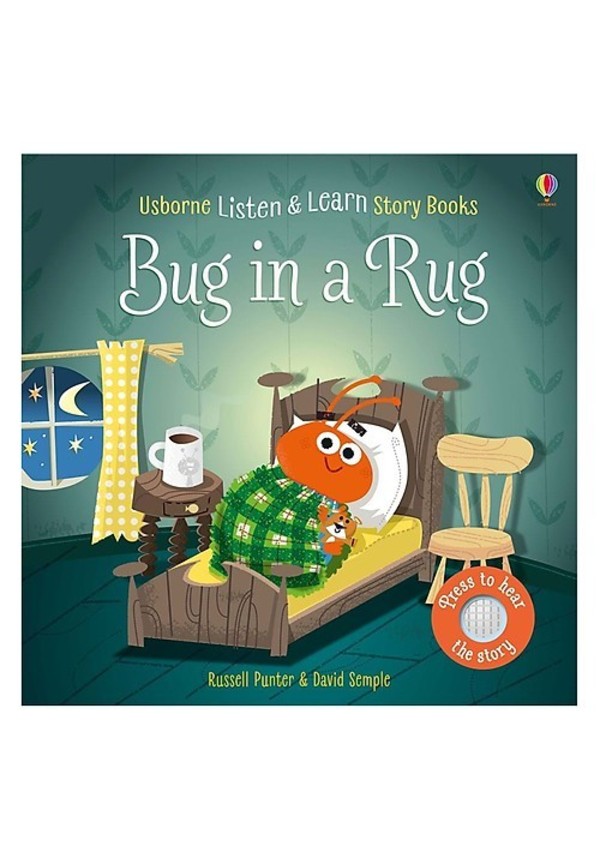 (She would say, this is one of the best bug books for 5 year olds.)
(She would say, this is one of the best bug books for 5 year olds.)
This is a children’s classic! The caterpillar eats tons of delicious colorful food, until his stomach is stuffed. Then he builds his cocoon and emerges as a beautiful butterfly.
Some Bugs by Angela Di’TerlizziThis is cool bug book for young kids! “Some bugs sting, some bug bite, some bugs stink, and some bugs fight.” With very simple text and charming pictures, kids are given tons of awesome vocabulary about bugs
The Very Busy Spider by Eric CarleThis is a wonderful book about bugs for younger kids (toddler and preschool age). All the animals on the farm want to play with the spider, but she is very busy spinning her web.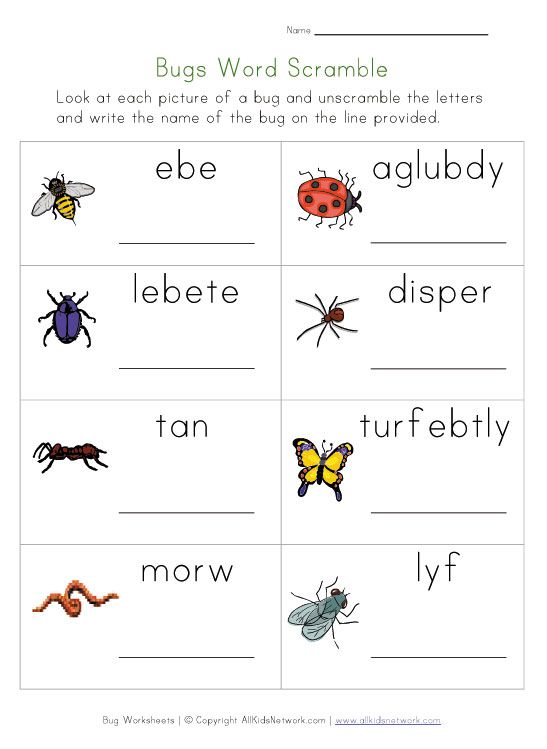 In the end, she catches a fly.
In the end, she catches a fly.
This is a super-simple, bug-friendly quick read that all my kids loved as early readers. Definitely a must for your preschoolers.
Be Nice to Spiders by Margaret Bloy GrahamThis is an oldie but a goodie! Helen (the spider) keeps the pesky flies out the zoo animals cages. When her webs are swept away for an upcoming inspection everyone discovers how important her job really is!
Best Picture Books About Bugs for Preschool
Looking for some books about bugs for preschool that will hold their attention and keep them engaged? Here are a handful (from the above list) of shorter, bug books geared toward preschoolers. (I’ve linked these titles to thriftbooks.com which is one of my favorite thrifty places to buy books online.)
Picture Books about Bugs for Preschool:
- I Like Bugs by Margaret Wise Brown
- The Very Busy Spider by Eric Carle
- Some Bugs by Angela Di’Terlizzi
- The Very Hungry Caterpillar by Eric Carle
- A Fly Went By by Mike McClintock
- Inch by Inch by Leo Lionni
Picture Books about Bugs for Kindergarten
Whether you are doing an insect unit study or are just looking for some interesting stories about insects, check out these picture books about bugs for kindergartners. (These bug book choices would also be appropriate for early elementary students as well.)
(These bug book choices would also be appropriate for early elementary students as well.)
Picture Books about Bugs for Kindergarten:
- A Fly Went By by Mike McClintock
- Inch by Inch by Leo Lionni
- The Big Book of Bugs by Yuval Zommer
- Two Bad Ants by Christ Van Allsburg
- The Bee Tree by Patricia Polacco
- The Beetle is Shy by Dianna Hurts Aston
- Diary of a Spider By Doreen Cronin
Interesting Insect Unit
In addition to reading picture books about bugs, why not do an insect unit study? This Interesting insect unit BUNDLE features 12 insects, while building science, math, literacy, and handwriting skills. With beautiful, real-to-life graphics, this bug unit is designed for preschoolers through 2nd grade and would be perfect for homeschool or classroom use!
Interesting Insects UnitWhat are your favorite picture books about bugs?
This post contains Amazon Affiliate Links.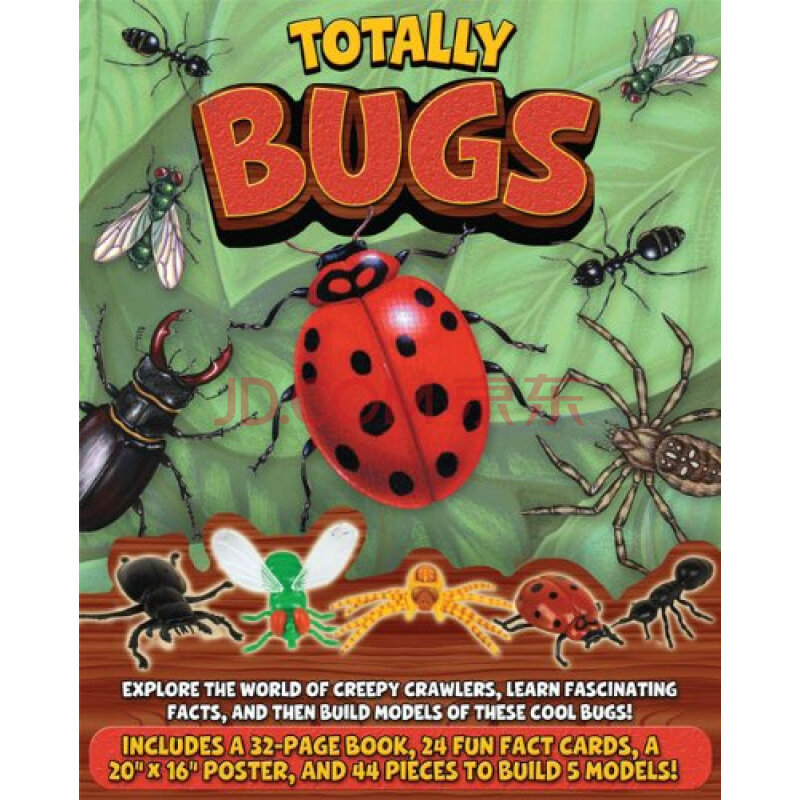
Post Tags: #Books#Kids#Picture books
Similar Posts
Books | Homeschool | Kindergarten | Preschool
Picture Books about Gardening
Byinspirethemom
Whether you are planting a family garden this year or working through a printable garden journal with your kids, I’ve got a wonderful list of picture books about gardening for you all to learn from! We love gardening. Since my kids were little, no matter the size of our yard, we’ve tried to have a…
Read More Picture Books about GardeningContinue
Activities | Elementary | Homeschool | Kindergarten | Preschool | Printables
Y Words for Kids
Byinspirethemom
Trying to find some y words for kids? Well, yippee! Hopefully, this post will yield a lot of y words for your youthful youngsters! Y is the next to last letter in the alphabet and can be challenging for kids to grasp.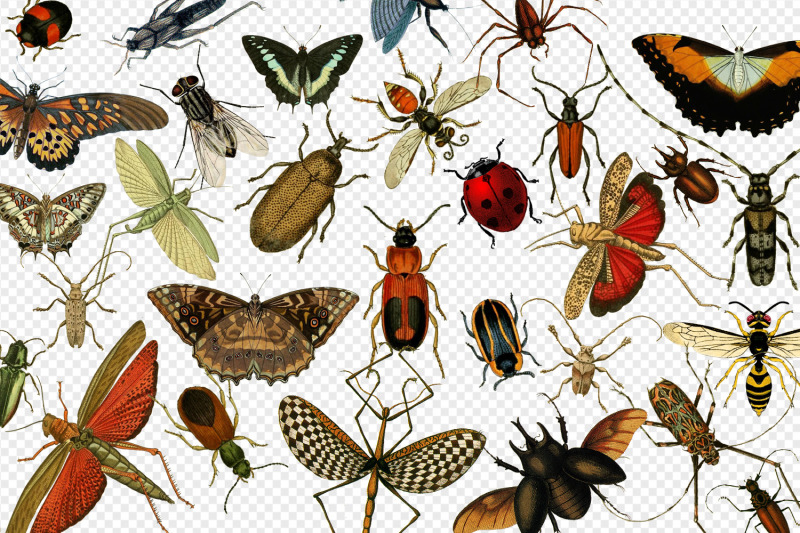 Not only does writing this letter take time to learn, the letter itself…
Not only does writing this letter take time to learn, the letter itself…
Read More Y Words for KidsContinue
Homeschool | Planning & Organization | Thrifty Educational Resources
Free Student Planner Pages (Build Your Own)
Byinspirethemom
I have been working on getting organized for next school year. I know, I know, it’s not even summer break yet. However, getting all these details hammered out now, will hopefully free me and my student up to really enjoy our summer.
Read More Free Student Planner Pages (Build Your Own)Continue
Stories about Christmas bugs
Anastasia Zubkova , Sofya Fateeva
Dec 23, 2016
- Christmas tree-virus
- The attraction of unprecedented generosity
- Apple against the New Year
- Dream from the iPhone
- Fleet canceled
- Problem 2000 and 2038 9000
- How to help good?
Do you believe in magic? From a logical point of view - of course not! Programmers, developers are serious people with a good education and a realistic view of the world.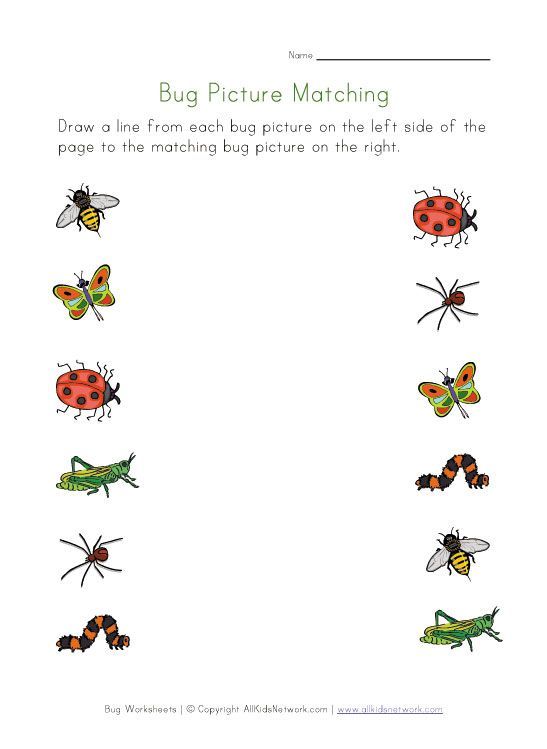 Maybe you did not like fairy tales as a child? No, I will no longer be responsible for you. I’ll just ask you to pour a cup of tea, peel a tangerine, look at the snowflakes outside the window, and only after that start reading this Story.
Maybe you did not like fairy tales as a child? No, I will no longer be responsible for you. I’ll just ask you to pour a cup of tea, peel a tangerine, look at the snowflakes outside the window, and only after that start reading this Story.
Here is the story of the Evil Bug. About how he repeatedly tried to ruin the New Year holidays. Often he managed to realize his insidious plans, but, fortunately, in each Tale, "evil" is opposed by real "good".
Herringbone virus
On December 17, 1987, a student of the German University of Clausthal-Zellerfield, while still a very young programmer, decided to congratulate his friends in an original way. He sent a Christmas tree to everyone near and dear! Of course, he did not cut it down in the forest and did not even buy it in a store. Don't forget, our hero is a programmer, so he wrote a program in the REXX language for VM/CMS, which, after launch, displayed a cute Christmas tree and warm congratulations.
Figure 1 - Program Christmas Tree - Christmas tree virus
With good intentions and a sincere desire to do good, our hero wrote the code. But the Evil Bug intervened, the network was overloaded, and the self-replicating Christmas program paralyzed IBM Vnet private mail (chain: university network - EARN - BitNet - IBM-Vnet) around the world for two days. Doubts arose: isn't the hero an anti-hero, and a touching congratulation a virus? It was not possible to prove the malicious intent of the author of the Christmas Tree program. But without the influence of the Evil Bug, it definitely could not have done here.
Attraction of unprecedented generosity
Christmas and New Year are holidays on which it is customary to give gifts. Beautiful boxes under the tree or cute souvenirs in Christmas socks hanging by the fireplace - this is what traditional New Year's gifts look like. But surprises are especially pleasant.
Amazon is one of the first Internet services, where tens of thousands of various goods are sold and bought daily. The perfect place to pick up gifts! This is exactly what users were doing on December 12, 2014.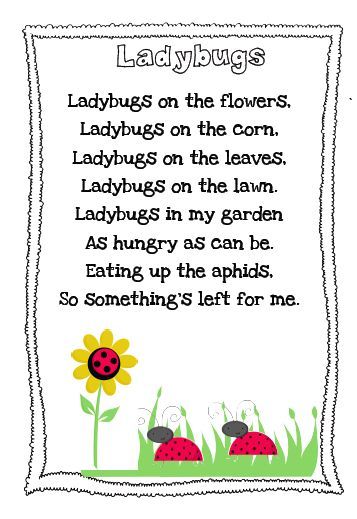 A special stir was caused by the amazing price of thousands of goods - only 1 penny (source). Thanks to the service for a great Christmas gift, people were especially enthusiastic about shopping. And the Evil Bug was grinning on the sidelines, waiting for the reaction of the sellers, not yet aware that they had suffered huge losses.
A special stir was caused by the amazing price of thousands of goods - only 1 penny (source). Thanks to the service for a great Christmas gift, people were especially enthusiastic about shopping. And the Evil Bug was grinning on the sidelines, waiting for the reaction of the sellers, not yet aware that they had suffered huge losses.
An error has crept into the RepricerExpress software responsible for synchronizing prices in online stores. With its help, it is easier for sellers to compete in the market, quickly responding to changes in the prices of similar products.
What did the Evil Bug do? He entered RepricerExpress at the design and testing stage, but did not announce himself until the moment when ... One of the suppliers, spinning in the pre-holiday bustle, accidentally set a single price for his entire range - 1 penny. The program took this value as the minimum and reduced the price of goods from other sellers.
The reason for this behavior is that during the development of the user interface, it was not possible to set your own minimum price for the product.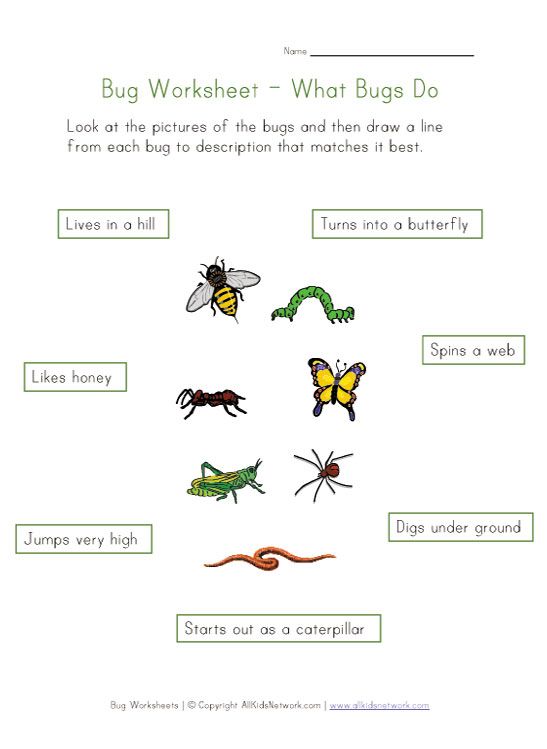 In addition, at certain time intervals, the price was auto-corrected. The bug was fixed in the next update.
In addition, at certain time intervals, the price was auto-corrected. The bug was fixed in the next update.
Figure 2 - Correct system interface (Your Minimum Price column appeared)
Amazon sellers will remember the day this error occurred for a long time. They lost thousands of dollars, many were on the verge of bankruptcy (source). If not for the operational measures of Amazon, which managed to cancel most of the orders, then the reputation of the largest online store would be completely ruined.
The RepricerExpress developers have apologized for the software crash by posting a statement on their official blog.
Apple against the New Year
Remember the movie "The Grinch Stole Christmas"? Apparently, the Evil Bug was inspired by his plot, deciding to strike at "apple" devices. In February 2016, Apple technology owners discovered an interesting bug. A legend has arisen on social networks that if you set the date to January 1, 1970, and then reboot the device, the system will completely crash, and instead of a smartphone or tablet, you will end up with a brick with the bull's-eye logo in your hands. There is no way to roll back the action. There was information about the presence of this error on devices with a 64-bit processor: Apple A7, A8, A8X, A9and A9X: iPhone 5S and later, iPad Air and iPad Mini 2 and later, and 6th generation iPod Touch. The operating system version didn't matter.
There is no way to roll back the action. There was information about the presence of this error on devices with a 64-bit processor: Apple A7, A8, A8X, A9and A9X: iPhone 5S and later, iPad Air and iPad Mini 2 and later, and 6th generation iPod Touch. The operating system version didn't matter.
Were there anyone who wanted to test the existence of the bug experimentally? Undoubtedly! A wave of murders of Apple gadgets has swept around the world. Fortunately, the craftsmen have found a way to return the "bricks" to working capacity. Apple did not state the official cause of the error, but announced the possibility of such a bug, when manually installed on an iOS device, the date is May 1970 or earlier.
Users have done their own research. As a result, the following version was formed: a variable with a negative value, storing time in UNIX format, could lead to an error. Why could this happen?
Option 1. Due to the fact that the time is presented in UNIX format, the countdown starts from January 1, 1970, i.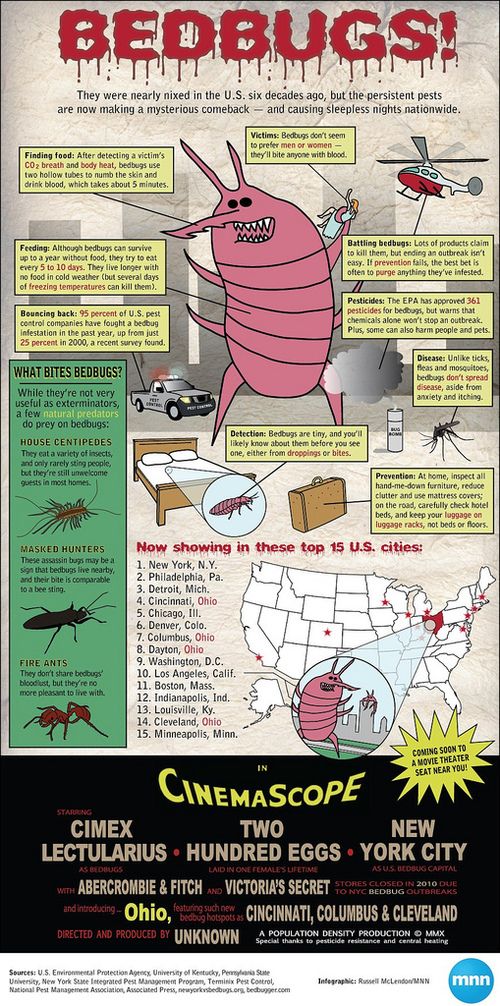 e. is zero. When changing the time zone, the variable may take a value less than zero.
e. is zero. When changing the time zone, the variable may take a value less than zero.
Option 2. The bug is specific to 64-bit devices, so it is possible that a 32-bit timestamp is calculated first, then a time zone offset occurs, the timestamp is converted into a pointer size, for this reason, the upper bits are filled incorrectly and... Welcome into the 22nd century!
Sleep by IPhone
Long sleep, not interrupted by the sound of an alarm clock - isn't that the dream of most of us? iPhone is not Gazprom, but fulfills the dreams of its users! All those who wanted to start the new year 2013 briskly and set the alarm for January 1, slept well. The evil bug clearly planned to introduce a huge number of users into the "sleeping princess" mode, because. until January 3, the alarm clock on the iPhone did not work.
Apple again decided to keep quiet. But the version about the causes of the error still spread. To display the year, the ISO week date standard is used; it is widely used in financial institutions for the convenience of generating a reporting (fiscal) year. Its peculiarity is that the new year is considered new only from the week that contains the first Thursday of the year. The ISO week date calendar contains 52 or 53 weeks (364 or 371 days). Thus, the iPhone lived according to the old year, and the new 2013 came only on January 7 - from the new full week of the year.
Its peculiarity is that the new year is considered new only from the week that contains the first Thursday of the year. The ISO week date calendar contains 52 or 53 weeks (364 or 371 days). Thus, the iPhone lived according to the old year, and the new 2013 came only on January 7 - from the new full week of the year.
There was also an alternative version in which Steve Jobs himself acted as the Evil Bug. Allegedly, the founder of Apple loved to sleep, so he came up with such a feature. Of course, this is a joke. But the consequences of such a seemingly frivolous bug turned out to be more than unpleasant: people overslept their work, lost money, were late for important meetings (Source).
Flight cancelled.
The cost of a software error is a factor that developers should never ignore. The proof is in the next pre-Christmas story about the bug.
On December 12, 2014, a software failure occurred at the UK National Air Traffic Service (NATS) ATC center. The work of some airports, including such busy giants as Heathrow, Gatwick, Stansted, Birmingham, Cardiff and Glasgow, was stopped.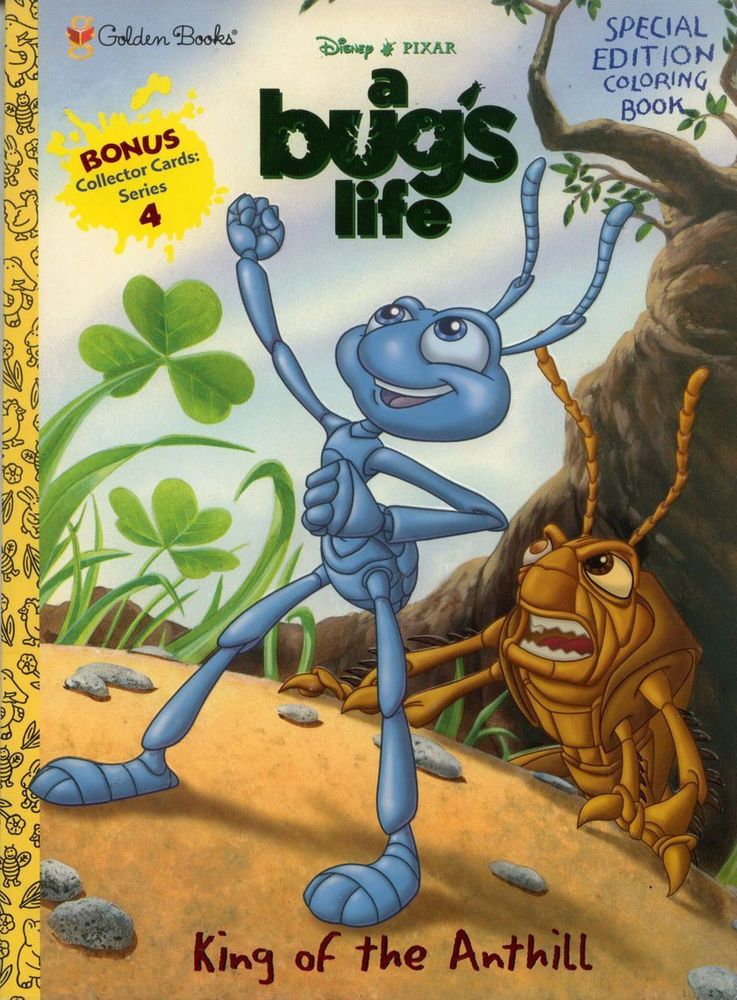 The problem was aggravated by the time that the Evil Bug chose to attack - Friday, in the afternoon, on the eve of the Christmas holidays.
The problem was aggravated by the time that the Evil Bug chose to attack - Friday, in the afternoon, on the eve of the Christmas holidays.
The failure lasted a little over half an hour - 36 minutes, but its consequences indicate an extremely high cost of error. Evil bug did its best:
- 92 flights canceled
- 170 flights delayed
- 10 aircraft were forced to divert to alternate airfields
- 125000 passengers were inconvenienced
- British treasury lost £623m
Such a situation could not be ignored. An investigation was carried out. The Civil Aviation Authority (CAA) and NATS describe a bug in the System Flight Server (SFS) software in their final report. This server is responsible for ensuring that the NATS management system receives real-time data to the workstation controller. There are two identical SFSs in the system - working and spare. Both calculate the same data. When the main SFS is turned off, the spare one comes into operation. The system worked with hardware failures, but for some reason none of the servers had protection against software exceptions.
The system worked with hardware failures, but for some reason none of the servers had protection against software exceptions.
The maximum number of simultaneously functioning workstations (flight control and monitoring locations) is 193. Theoretically. In fact, a completely different value is written in the SFS code - 151. Therefore, when an attempt was made to simultaneously connect 153 workstations, a reboot began and the subsequent "fall" of the system. Later it turned out that the "hidden software malfunction" was admitted back in 1990. I'm surprised it didn't show up sooner.
Problem 2000 and 2038
The year 2000 was one of the most anticipated. The change of the millennium, according to a number of experts from various fields, must certainly be accompanied by the End of the World or, which is no less terrible, the uprising of machines.
What was the reason for the fear of the Terminators? Logic! The first computers were slow, so in order not to waste such valuable performance on trifles, the developers decided to use two characters for representing code in dates.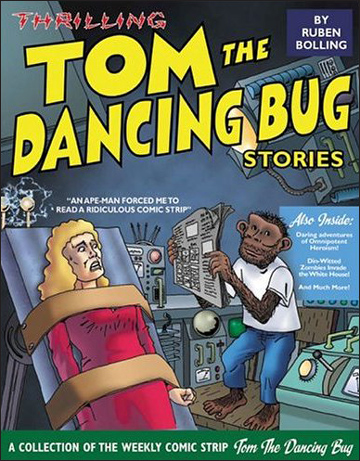 For example, March 23, 1991 years looked like 03/23/91. Visually, such a designation does not "hurt the eye", this variant of recording the date seems absolutely familiar. But from the point of view of the computer, everything is not so simple: the year 2000 and 1900 receive the same designation: 00. Thus, when the year 2000 comes, the internal clock of the computer will be transferred to 1900.
For example, March 23, 1991 years looked like 03/23/91. Visually, such a designation does not "hurt the eye", this variant of recording the date seems absolutely familiar. But from the point of view of the computer, everything is not so simple: the year 2000 and 1900 receive the same designation: 00. Thus, when the year 2000 comes, the internal clock of the computer will be transferred to 1900.
The consequences of such a failure seemed extremely terrible: the failure of programs, the spontaneous launch of missiles, the collapse of the financial market. And the most terrible events were to take place in Russia, as in a country least ready for a new chronology.
But the year 2017 will come very soon, which means that the end of the world has not happened.
However, some failures occurred during the change of the millennium:
- British Telecom computer networks suffered. Their work was paralyzed, and to restore it took about a million lines of code to be analyzed.
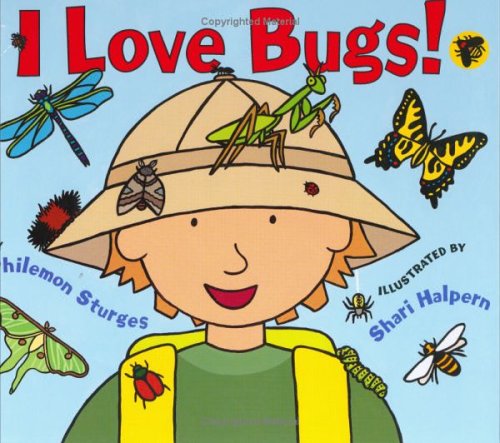 It cost British Telecom a lot - about $ 0.5 billion.
It cost British Telecom a lot - about $ 0.5 billion. - In Spain, incidents were recorded at 9 nuclear reactors. Fortunately, there were no consequences.
- In Mongolia, the Year 2000 issue affected the start-up system and ticket offices.
Some of the bugs were quite funny:
- The terms of imprisonment in one of the Spanish prisons increased / decreased by 100 years
- In some stores in Greece, people received a check dated 1900 when they bought it
- In a South Korean hospital, the computer program "Patient Control" declared a one-year-old child a 99-year-old man
- And residents of a small town in the US received 100 years past due electricity bills
Y2K is a prime example of how the media can influence humanity. The next wave of panic on a similar occasion should be expected in 2038. On January 19, 2038 at 03:14:07 GMT, computers and other devices with a 32-bit system will no longer be able to correctly keep time.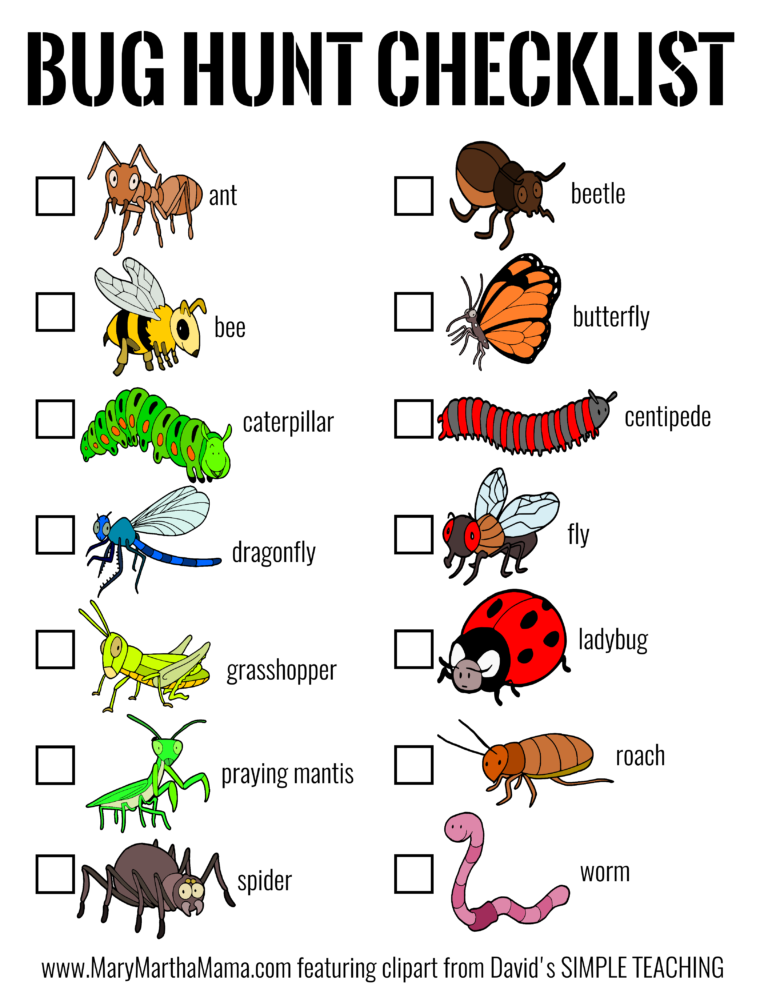 Many computing devices measure the system time since January 1, 1970 in seconds using a 32-bit value, and the second is stored as signed int (a signed 32-bit integer). In 2038, the 2,147,483,648th second will come, which simply will not be possible to record by the system, and then the counter will take a negative value.
Many computing devices measure the system time since January 1, 1970 in seconds using a 32-bit value, and the second is stored as signed int (a signed 32-bit integer). In 2038, the 2,147,483,648th second will come, which simply will not be possible to record by the system, and then the counter will take a negative value.
How to prevent a system error? Replace all 32-bit processors with 64-bit ones.
How to help Good?
According to tradition, Good triumphs over Evil, but the struggle does not stop even for a moment. Is it possible to exterminate all Evil Bugs? Most likely not, but it is quite possible to make their army suffer significant damage. To do this, programmers fighting for the Good, i.e. high-quality code, should responsibly approach the choice of auxiliary means. Arm yourself with the PVS-Studio static analyzer! You can also watch a horror short film about how the PVS-Studio Unicorn saves the Linux Penguin from the Evil Bug.
Inspired? Then we invite all developers to help Good! The PVS-Studio team has already taken a significant step in this direction by offering a free version of the analyzer.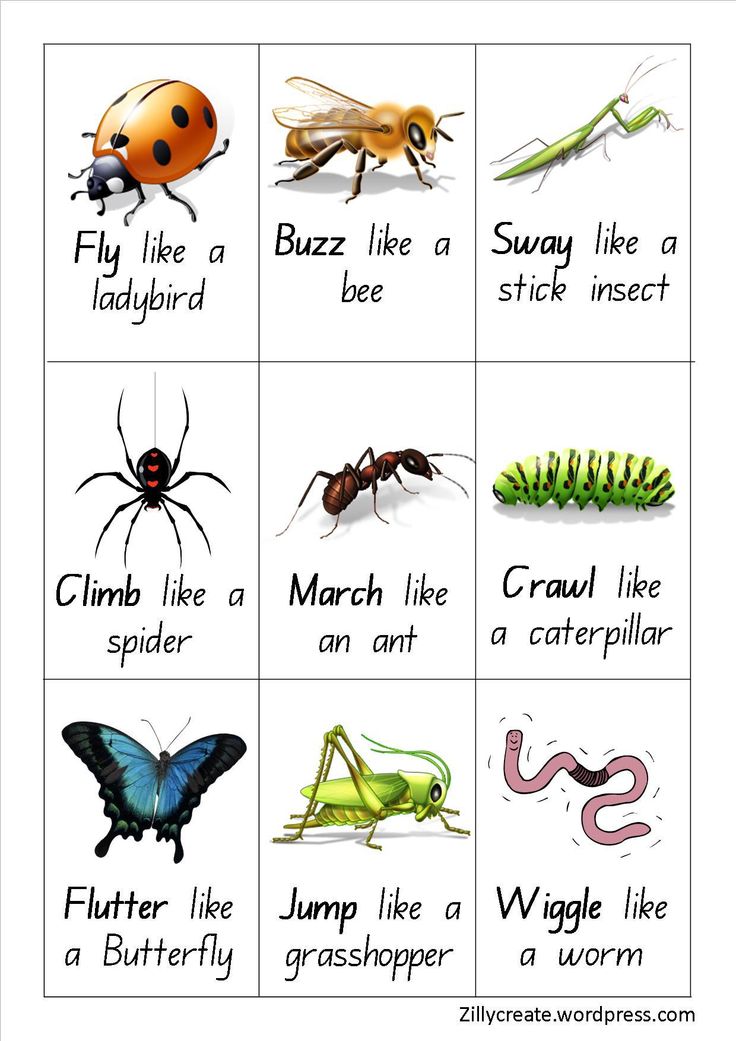
Dear programmers, we wish you good luck in the New Year and may your stories about Evil bugs always end with the victory of Good!
SHARE
We send the best articles once a month
The brightest and largest bugs in history
Any programmer regularly encounters bugs. And the more complex the system, the more glitches. Some of them are quite harmless, but there are those that will bring a lot of problems. Sometimes even on a planetary scale.
Instead of a preface
According to Wikipedia, in programming a bug (eng. bug - primary meanings: bug, any insect, virus) is a slang word that usually refers to an error in a program or system, due to which the program produces unexpected behavior and , as a result, the result.
The first use of the word bug in relation to technology is attributed to Thomas Edison. According to one of the legends, even while working on the phonograph, for a long time he could not understand why the assembled prototype refused to work. After going through all the possible options in his mind and still not finding a solution, he suggested that during assembly, a beetle could get between the parts of the device. And although in fact there were no insects in the phonograph, in the future he continued to use the word bug to denote annoying malfunctions.
According to one of the legends, even while working on the phonograph, for a long time he could not understand why the assembled prototype refused to work. After going through all the possible options in his mind and still not finding a solution, he suggested that during assembly, a beetle could get between the parts of the device. And although in fact there were no insects in the phonograph, in the future he continued to use the word bug to denote annoying malfunctions.
As an example, one of the entries from his working diary dated 1878 can be cited:
"That's how it was with all my inventions. The first step is intuition, which comes like a flash, then difficulties arise - the device refuses to work, and that's when the "bugs" - as these small errors and difficulties are called - appear and it takes months of close observation, research and effort before it comes to commercial success or failure.0134
It is curious that the word debugging, which in ours means the stage of debugging a program and searching for all possible problems, was found in the Oxford Dictionary of 1945.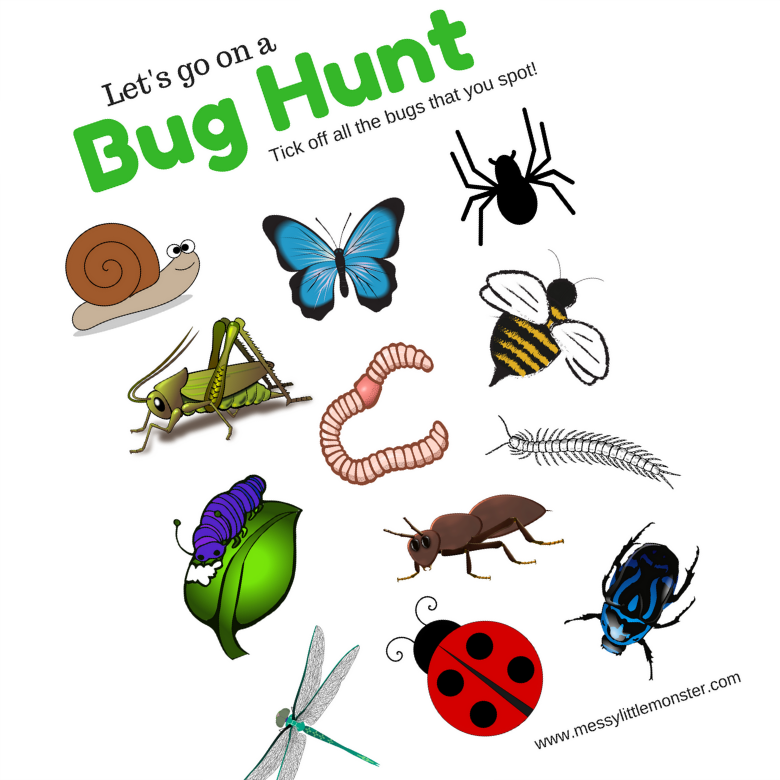 True, then it was not about programs, but about aircraft engines.
True, then it was not about programs, but about aircraft engines.
Applied to computers and software, the words "bug" and "debugging" began to be used somewhat later. The tradition is believed to have started in 1946 with US Navy Rear Admiral Grace Hopper, who had a problem with her Harvard Mark II computer. As it turned out later, the reason for the strange behavior of the computer turned out to be the most common moth that got between the contacts of one of the electromechanical relays. The corpse of the unfortunate insect was carefully removed from the bowels of the machine and taped to the page of the working diary. The caption below read: "The first real case of a bug discovered."
In our age, real insects are unlikely to cause a program to fail. But their digital relatives annually give people a lot of problems. Cases where one tiny mistake of a programmer led to huge troubles are full in recent history, and the case in the iPhone is still flowers.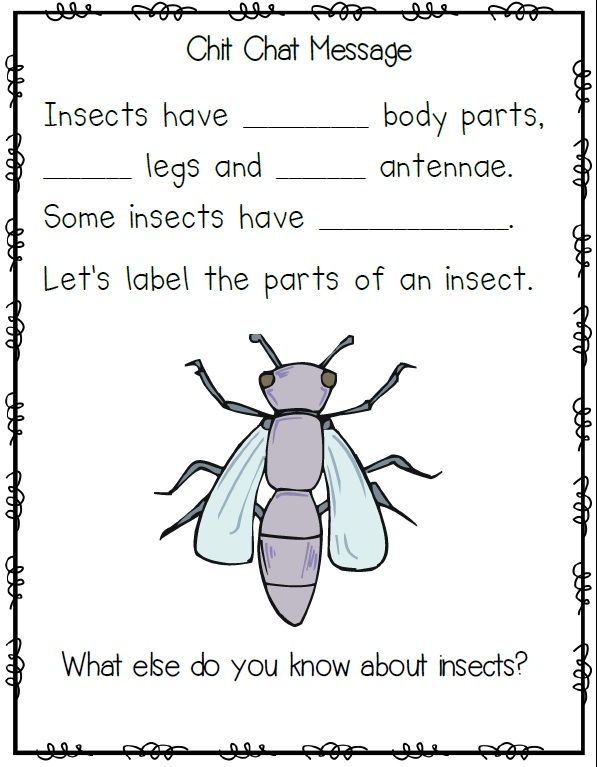
Time difficulties
Break in 60 seconds
Recently, the owners of Apple technology accidentally found out that if you set the date on the iPhone or iPad on January 1, 1970 years, and then reboot the device, then it will turn into a "brick". The Apple logo will always glow on the screen and the device will never be able to boot again. Well, or at least - before your visit to the service center, although not everything is clear with this point yet.
The bug is currently known to occur on Apple mobile devices with 64-bit Apple A7, A8, A8X, A9 and A9X processors. The OS version doesn't matter. I strongly do not recommend conducting such experiments on your device - this is guaranteed to lead to a serious breakdown, which you will not be able to cope with on your own. I also want to draw your attention to all kinds of "jokes" that have been circulating on the Internet for the second day. Pranksters offer to change the time on your smartphone to see a secret Easter egg or be able to download paid programs from the AppStore for free. The result is a "brick" instead of a smartphone.
The result is a "brick" instead of a smartphone.
The essence of the bug. In Unix-like operating systems, time is considered not quite familiar to us. For Unix, the current time is the number of seconds that have passed since midnight on January 1, 1970. For a person, this method is not very convenient, but for a computer - just right. What exactly happens in the “head” of the iPhone, which decided that it was present at the birth of the Unix universe, is not yet known, but what this does not affect it in the best way is a repeatedly verified fact.
However, no one bothers us to try to guess where exactly the "bug" has crept in.
Those who played games from the MS-DOS era must have encountered various bugs that occur when the counter overflows. For example, in Civilization there was a very peaceful ruler named Gandhi, whose aggression parameter was equal to 1. If he was "appeased" a little more by offering to accept some kind of gift or entering into an alliance, the aggression value would first drop to zero . .. and then skyrocket to heaven. The fact is that the variable assumed values from 0 to 255, and when you try to subtract one from zero, it again becomes maximum. The programmers simply did not provide for checking the current value of the variable, which led to the error.
.. and then skyrocket to heaven. The fact is that the variable assumed values from 0 to 255, and when you try to subtract one from zero, it again becomes maximum. The programmers simply did not provide for checking the current value of the variable, which led to the error.
A similar situation occurred in many other games. For example, in the original X-Com, the most pumped fighter risked suddenly becoming a helpless baby, since with the next increase in characteristics, the counters were reset to zero.
It can be assumed that something similar happens with the iPhone - during the loading of iOS, for some purpose, you need to take a time value that is a couple of seconds less than the current one ... and since the date of January 1, 1970 is already taken by the system as 0, then as a result the value of the 64-bit variable becomes the maximum. For the sake of interest, you can try to calculate what date it turns out, but I strongly suspect that our Sun will definitely go out by that time.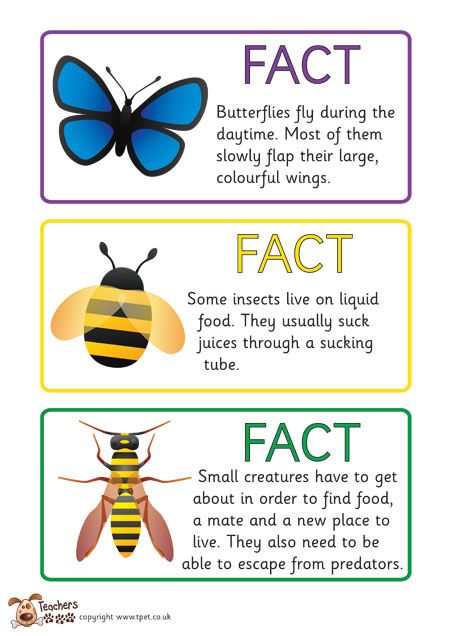
I am sure that sooner or later Apple will deal with this problem. But on January 19, 2038, I would still advise everyone to be careful - it is at this moment that the Unix time value will exceed 2147483647 and will no longer fit into the standard variable (an unsigned 32-bit integer). And how 32-bit devices around the world will react to this is a mystery.
Millennium Bug
Millennium Bug is one of the most notorious OS bugs. In theory, it could lead to the fact that after the year 2000, the countdown in different operating systems would start from zero. I do not know how fatal this problem would be, but situations where the course of treatment would be -99 years and 11 months, or when the patient would have another 80 years to live before his date of birth, you definitely can’t call it pleasant.
The essence of the bug. In many operating systems, the year was written with only the last two digits.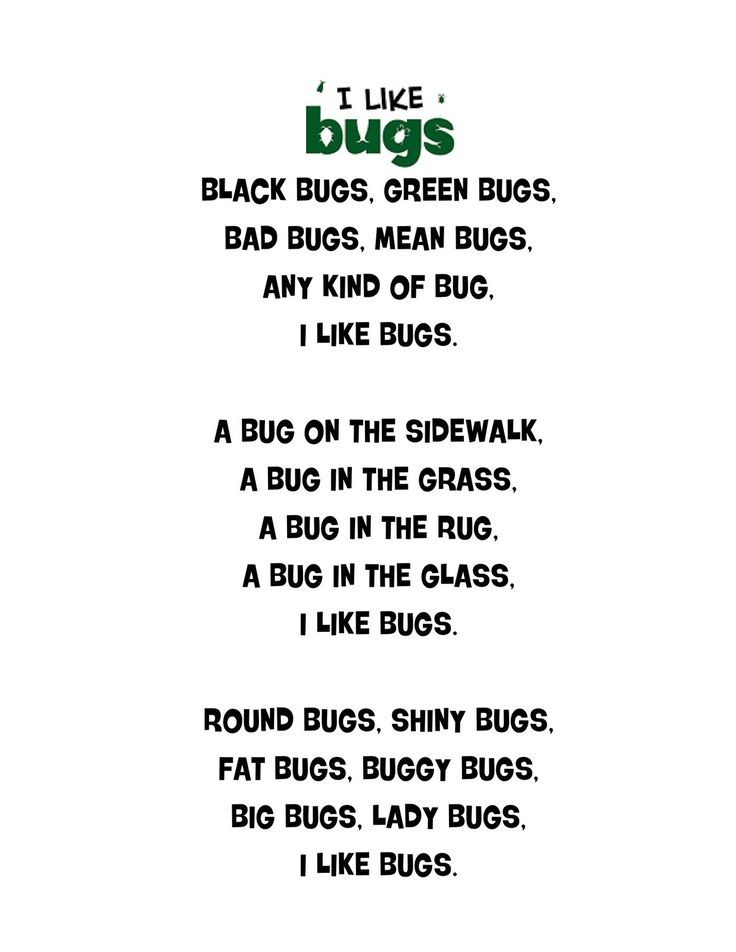 So, for the designation of 1998, the numbers 98 were used, for 1999 - 99, and so on. According to this system, the year 2000 was designated as 00, which for a computer was no different from 1900.
So, for the designation of 1998, the numbers 98 were used, for 1999 - 99, and so on. According to this system, the year 2000 was designated as 00, which for a computer was no different from 1900.
Despite its terrible name, this bug did not lead to any special problems in practice. Perhaps we should thank the quick-working programmers for this, who by the year 2000 were able to fix most of the software. And it is possible that it was just fear that had large eyes. In any case, really dangerous bugs look completely different and rarely give warning of their existence several years before the potential problem arises.
Through hardships to the stars
The most expensive hyphen in history
Mariner 1 is NASA's spacecraft, which was created to study Venus. The launch of the apparatus took place on July 22, 1962, but a few minutes after the launch it was destroyed.
The first problems began already 293 seconds after launch, it was at this moment that Mariner 1 lost contact with the Earth.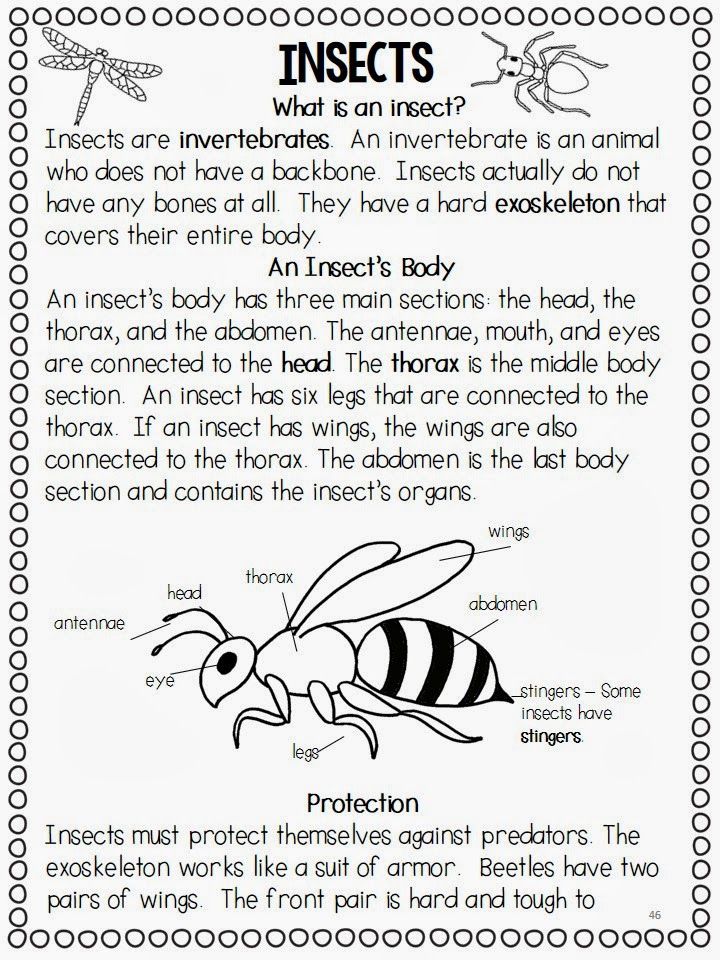 This situation was originally foreseen by engineers, and the on-board computer took over the control of the device. But the computer immediately "panicked" and issued a command for a very strong course correction, which at that moment was completely unnecessary and brought Mariner-1 to a dangerous trajectory. Since the fall of the rocket by that time was already almost inevitable, NASA experts decided to destroy it.
This situation was originally foreseen by engineers, and the on-board computer took over the control of the device. But the computer immediately "panicked" and issued a command for a very strong course correction, which at that moment was completely unnecessary and brought Mariner-1 to a dangerous trajectory. Since the fall of the rocket by that time was already almost inevitable, NASA experts decided to destroy it.
The essence of the bug. While translating handwritten formulas into program code, the programmer missed the underscore character (macron). The absence of a single line in the code led to the fact that the on-board computer began to perceive a slight deviation from the trajectory of movement as very serious and urgently introduced significant amendments, which knocked the rocket off course.
However, in some versions of what happened, a hyphen appears instead of the underscore, and someone suggests that the programmer simply mixed up the semicolon while compiling the Fortran program.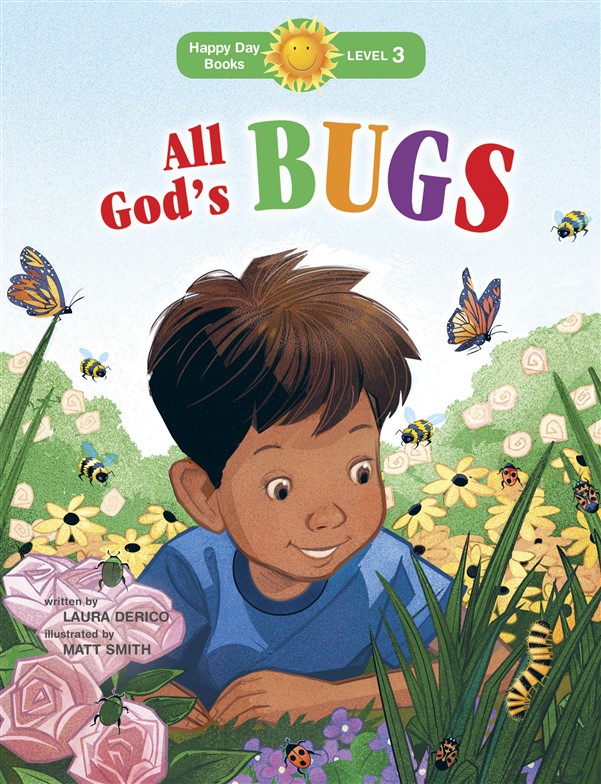
Copy-paste method
"Ariane 5" (fr. Ariane 5) is a European launch vehicle of the Ariane family, designed to launch a payload into a low reference or geotransfer orbit. It is still ESA's main launch vehicle and will remain so until at least 2023. And yet, its first run ended in a crash that became one of the most expensive bugs in history.
The rocket was launched on June 4, 1996. Almost once after the launch, the device entered an off-design trajectory and 39th second of the flight was destroyed. Several scientific satellites worth $500 million were lost along with the rocket.
Advertising
The essence of the bug. While working on the software for the new rocket, the programmers used pieces of ready-made code that they had previously written for the Ariane 4. As a result, different technical characteristics of the new rocket and a slightly different calculated flight path led to the fact that its current speed exceeded the limitations available in the program.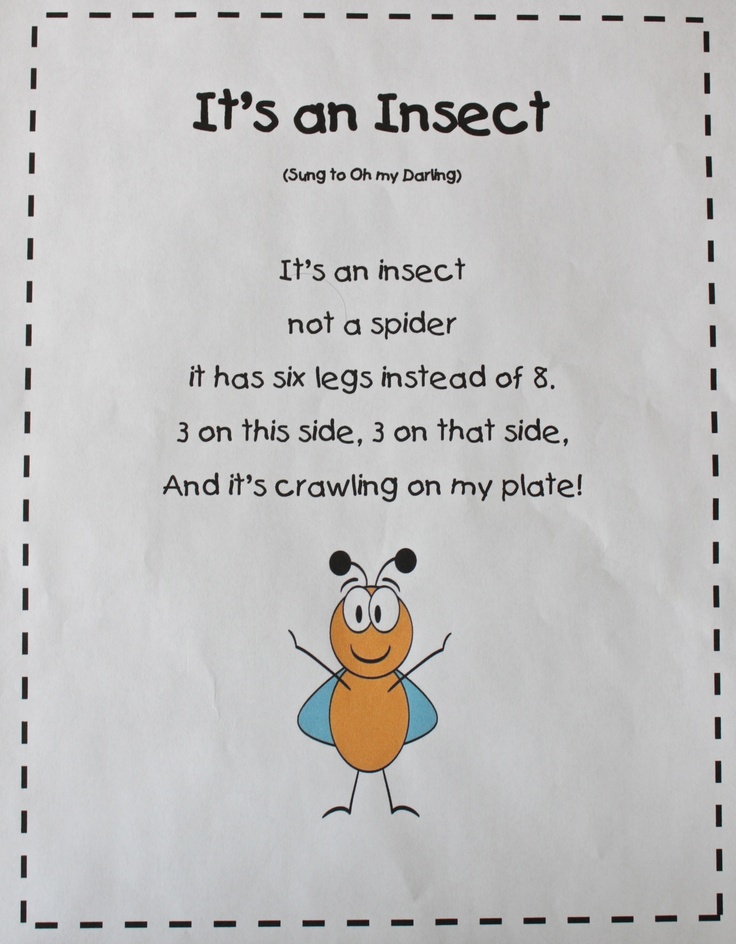 At some point, the on-board computer simply could not convert the speed value from 64-bit to 16-bit format (the number turned out to be more than 32.767 and simply "did not fit" into the variable), which caused the software to crash.
At some point, the on-board computer simply could not convert the speed value from 64-bit to 16-bit format (the number turned out to be more than 32.767 and simply "did not fit" into the variable), which caused the software to crash.
Error cost
Foolproof
In September 1997, the US aircraft carrier USS Yorktown drifted at sea for three hours with inoperable onboard computers and undercarriage control system. Fortunately for the crew, the situation occurred during training maneuvers, not combat operations.
The ship's control system consisted of 27 Pentium Pro PC 200-MHz Windows NT computers interconnected by high-speed fiber-optic communication lines. Such a system made it possible to reduce the crew of an aircraft carrier by about 10%, which saved the US Navy about $ 2.8 million a year. And everything was going just fine, until at some point a real wave of failures swept through the network, which completely disabled all computers.
The essence of the bug. You cannot divide by zero - even elementary school students know this. But a computer is not a person, and if you ask it to divide a number by zero, it will honestly try to do it. Moreover, he will devote all his time and attention to this insoluble task. Unless, of course, the programmer provides for a special "fool protection", which for some reason was not in the USS Yorktown on-board systems. As a result, when one of the crew members mistakenly entered zero into the onboard control system, it failed, leaving the aircraft carrier completely helpless for several hours.
One third of a second
Unfortunately, not all "bugs" in software end up so well. Very often they can lead to human casualties, which happened in 1991 during the Gulf War. Due to an error in the software, the Patriot anti-aircraft missile system refused to intercept the launched missile, which led to human casualties.
The essence of the bug. Due to the peculiarities of time rounding, every 100 hours of uninterrupted operation of the Patriot air defense system, its clock was lost by about a third of a second. As a result, the computer detected the launch of an enemy missile in time, but due to a bug, over time, it made a critical error when calculating the trajectory. Deciding that the missile no longer existed, the system canceled the intercept attempt.
Chain reaction
Computer mind
Black Monday - Monday, October 19, 1987 - the day on which the largest drop in the Dow Jones index in its history occurred. Although in the morning there were absolutely no signs of trouble and there were simply no objective reasons for the market collapse.
The essence of the bug. There are still several theories of what happened, but in most cases the main reason is the primitive logic of software trading software.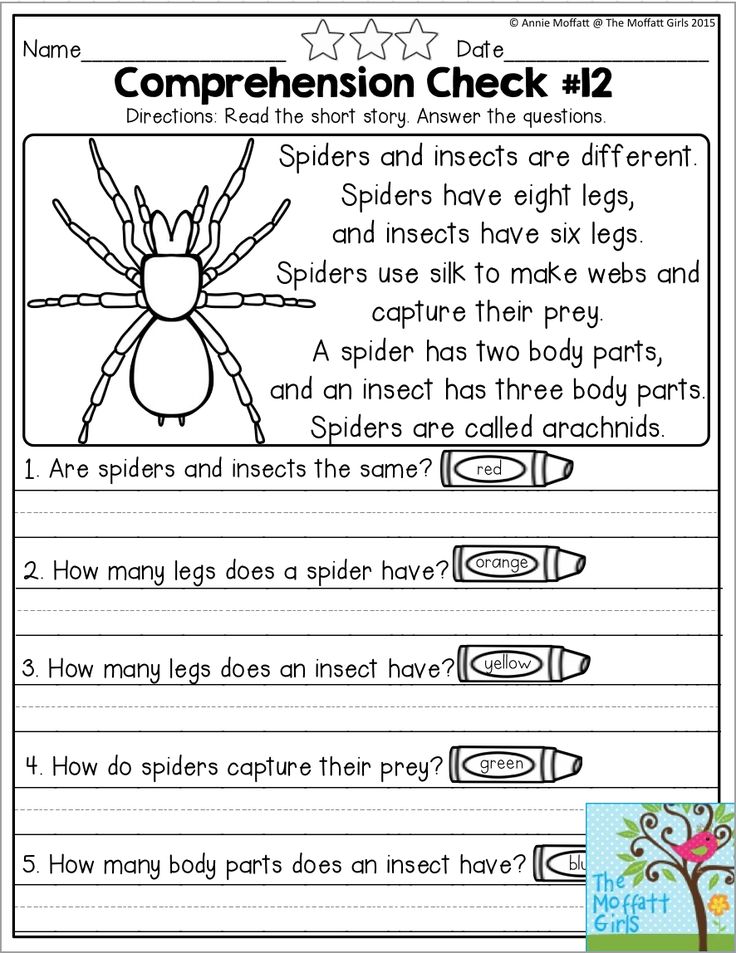 At some point, the market began to fall, and the most cautious "electronic assistants" of traders hurried to get rid of all depreciating securities as soon as possible. This led to the fact that instead of the usual correction, a real chain reaction happened - the market turned out to be oversaturated, paper prices fell even more, and the software of other players joined in. As a result, one tiny snowball provoked a huge mountain avalanche, which no one expected at all.
At some point, the market began to fall, and the most cautious "electronic assistants" of traders hurried to get rid of all depreciating securities as soon as possible. This led to the fact that instead of the usual correction, a real chain reaction happened - the market turned out to be oversaturated, paper prices fell even more, and the software of other players joined in. As a result, one tiny snowball provoked a huge mountain avalanche, which no one expected at all.
In terms of financial consequences, "Black Monday" was far from the worst event of the last century (although it affected many countries), but many financiers and traders still remember it with a shudder. It was the first time that machines had simply pushed humans aside and played each other by their own rules. People acted as bystanders, too slow and clumsy to be worth taking into account.
Epidemic
On September 13, 2005, a new update was released for the popular online game World Of Warcraft. Among other things, it has a new computer character Hakkar, who owns a unique spell "Infected Blood". The player who fell under a magical blow began to slowly lose health points, and the effect could spread to any comrade who approached him. In general, nothing supernatural, the WOW universe was already full of a bunch of interesting and unusual characters, so many players did not pay attention to this innovation at all.
Among other things, it has a new computer character Hakkar, who owns a unique spell "Infected Blood". The player who fell under a magical blow began to slowly lose health points, and the effect could spread to any comrade who approached him. In general, nothing supernatural, the WOW universe was already full of a bunch of interesting and unusual characters, so many players did not pay attention to this innovation at all.
A few hours later, a terrible epidemic broke out in the world of the game, which mowed down entire cities. The streets were littered with the corpses of player characters, and the survivors shied away from any shadow in fear, afraid to pick up a deadly infection. Somehow they managed to cope with the situation only after restarting the game servers, during which the programmers hastily installed a special patch that corrects the error. And I think that many players will remember that day for a long time.
The essence of the bug.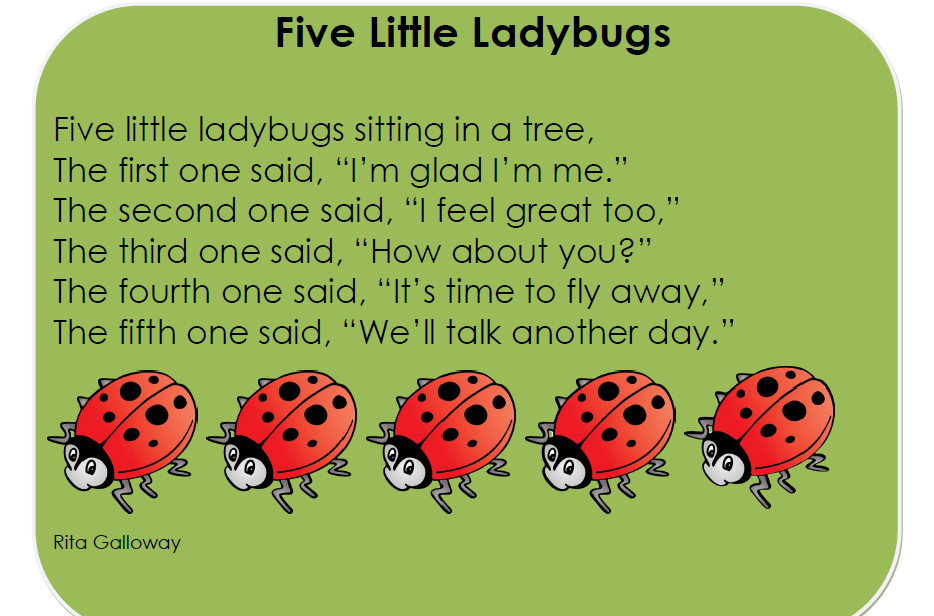 As conceived by game designers, the effect was supposed to work only in the home location of Hakkar and could not affect characters in any other places. They did not take into account only one point - an infected player could teleport to another location, infecting unsuspecting neighbors.
As conceived by game designers, the effect was supposed to work only in the home location of Hakkar and could not affect characters in any other places. They did not take into account only one point - an infected player could teleport to another location, infecting unsuspecting neighbors.
Instead of an afterword
Every medal has two sides, and technical progress is no exception. Bugs have entered our lives as firmly as computers, the Internet and mobile phones. Sometimes they are funny, sometimes they are dangerous, but more often they are just unpleasant.
The funny thing is that many people are drawn to test all the bugs they find on their own skin. It would seem quite obvious that this is as stupid as inserting knitting needles into an electrical outlet. But no, the number of people who are specifically ready to insert the stylus into the Galaxy Note on the wrong side or decide to check if the bug with the date works on their iPhone is growing every year.